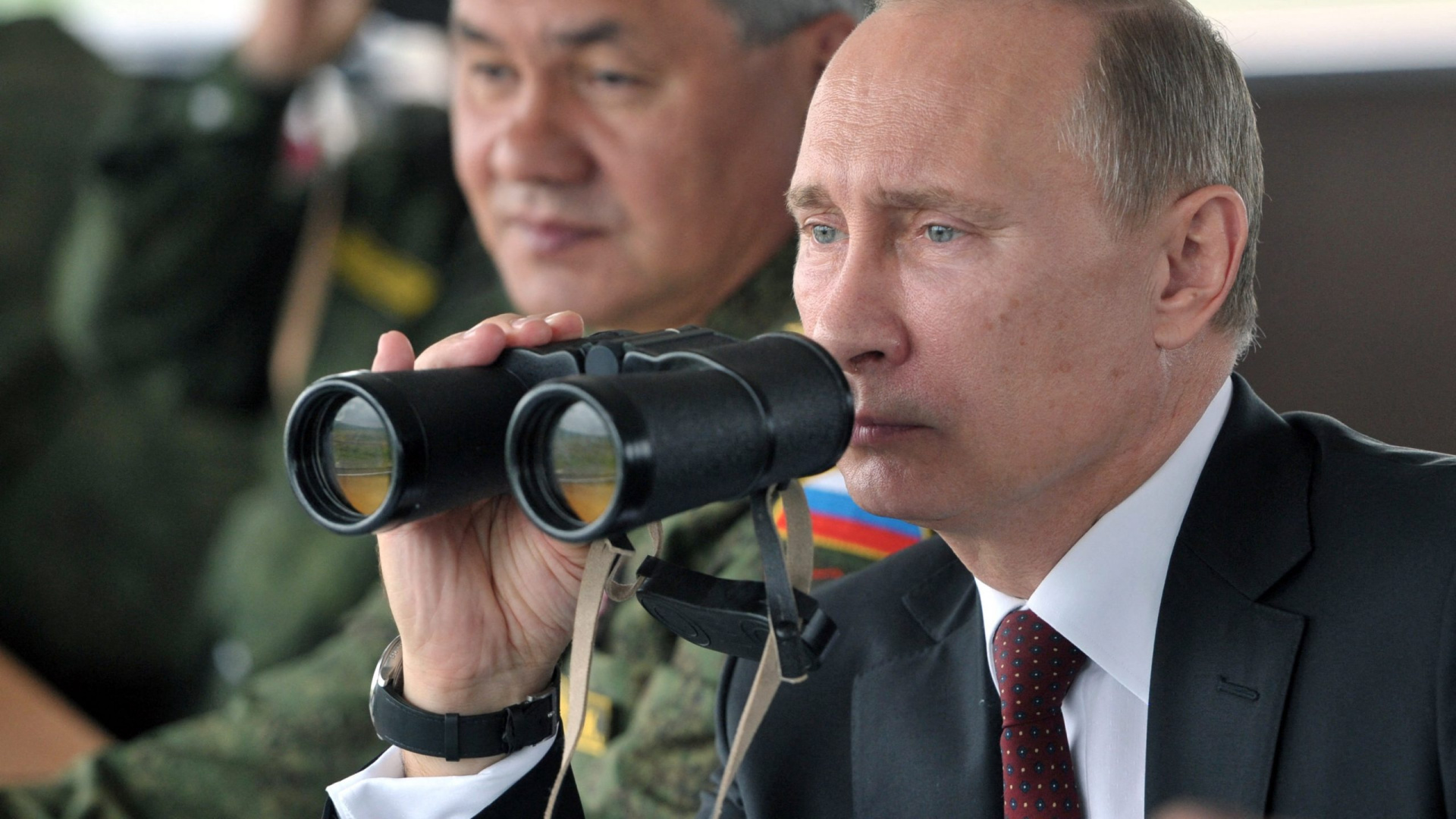Thousands trapped in Disney Shanghai due to Covid scare
The Guardian reports that Disney Shanghai temporarily closed its doors on October 31 after a single visitor tested positive for Covid-19.
Anyone who has visited the park in the past days will be forced to be tested for Covid-19 virtually every day.
Meanwhile, NBC News highlights that thousands of park visitors were forced to stay in Disney Shanghai until they submitted a negative Covid-19 test result.
This goes to show you that even in Disney World the nightmare of Covid-19 is far from over.
Shanghai generally reopened on June 1 after two months under some of the most strict lockdown measures currently seen around the globe. However, some restrictions remain in place under China's Zero Covid Policy.
According to Al Jazeera, small groups of residents went out shouting “ban lifted” in celebration.
“A lot of unexpected things happened and a lot of people’s confidence was shaken, and also about the future of China. I think it was probably the largest challenge China has faced in the past decade”, stated economist and Shanghai resident Dan Wang to Al Jazeera.
People in Shanghai no longer require special permits to leave their buildings and public transportation, such as buses and the subway system, resumed operations after weeks of standing still.
Not everything was back to normal at this stage, though. DW highlighted at the time that cinemas, restaurants, cafés, and gyms would remain closed.
Shanghai also reactivated its factories and ports after the economic slump caused by the lockdown.
“The task of speeding up the economic and social recovery is increasingly urgent”, Shanghai city leaders said in a letter cited by The New York Times back in July. “We will put all our energy into fully restoring regular production and life”.
China's so-called “Zero-Covid policy” brought up social control measures that had dire sanitary and social consequences in pandemic-stricken Shanghai.
Located in the estuary of the Yangtze River, Shanghai is the largest city and most important port in China, with a population of over 24 million people. This metropolis is a worldwide-famous hub of finances, manufacturing, and technology.
Image: Edward He / Unsplash
The Omicron outbreak meant that, after two years of barely any cases, China has to deal now with thousands of newly infected individuals. Local authorities were forced put the city on a lockdown.
Shanghai resident Juli Min told The New York Times back in April about the dystopian reality that the city was facing: Masked volunteers in white overalls watch the streets, making sure that people maintain the lockdown and do massive testing building by building. People were hospitalized in waves.
Children who tested positive, regardless of their symptoms, were hospitalized without their parents, in the cases where they were not infected. The policy caused such outrage that the Chinese government had to suspend it, allowing kids to be quarantined with their parents.
The volunteers in white not only were a force against the coronavirus but also acted as social control enforcers, being capable of knocking at the door of any citizen and forcing them to get tested.
General discontent started to grow, with videos on social media of locals violently coerced after refusing to be tested, hospitalized, or quarantined.
Juli Min revealed to The New York Times some of the side effects that the extreme measures against Covid-19 created: “People are hoarding food and supplies, getting into fights over resources. Neighbors are ratting one another out as potential carriers”.
Nonetheless, Juli Min pointed out that not all people were selfish: “Some neighbors in my community are sharing produce: One man who owns a local gym lays out bags and bags of groceries daily outside his business for anyone to take”.
Videos on social media showed Shanghai locals sweeping supermarket goods. There was no scarcity when it comes to fear of shortages.
However, Chinese official media, as always, did their best to present an image of efficiency in the fight against Covid-19.
One example of this is a Shanghai convention center that was transformed into a new hospital with 40,000 beds in record time. In this image, the facilities can be seen just before the arrival of the new patients.
The lockdown in Shanghai and elsewhere in China put into question the Zero-Covid Policy implemented by the government.
Social discontent was mounting to a level that Chinese authorities were forced to take action in Shanghai and elsewhere.
As Slovenian philosopher Slavoj Žižek recalls in a remark a Chinese friend of his once made: “The Party has an advantage over The West, it doesn't have to worry about the next elections”.
More for you
Top Stories







































